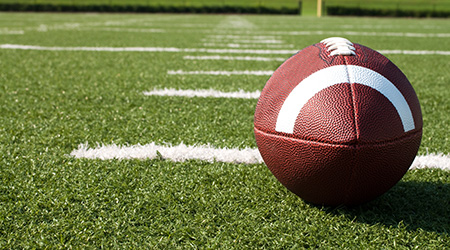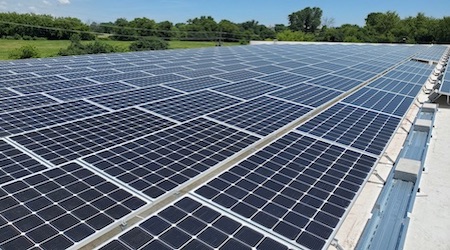
Turf Conversion To Benefit Environment and Bottom Line
August 11, 2021
Grounds management departments nationwide have embraced sustainability in the last decade, implementing strategies that include integrated pest management and converting turf areas to meadows. In the case of one university, a project to convert turf on its athletic field is expected to pay dividends both for the environment and the bottom line.
The turf project at the University of Northern Colorado’s Nottingham Field is expected to have significant time and financial impacts on the university, according to the Colorado Springs Gazette. Graham Nugent, athletics director of facilities and events, said it will take anywhere from one week to three weeks to lay the turf.
The field is expected to reduce the maintenance needs and won't require water like natural grass. Also, the facilities and event staff won't have to paint the field and will worry less about protecting the track surface. Previously, certain mats had to be placed on the sideline due to concerns about the track.
Instead, the university will mostly focus on ensuring the turf isn't abused, there is no trash and any issues can get fixed quickly. The athletic department already has a tool to ensure the rubber infill pellets are spread evenly and the grass is fluffed.
Kevin Robinson, director of the university’s planning and construction department, doesn't have exact details regarding the cost savings for water because he does not know the exact fees. The university, however, expects to reduce its water usage by 2.3-3.2 million gallons per year. Robinson also said the university will save 22 hours per game in layout labor and reduce mowing by roughly 90 hours annually.
Dan Hounsell is Senior Editor, Facility Market.
Next
Read next on FacilitiesNet












